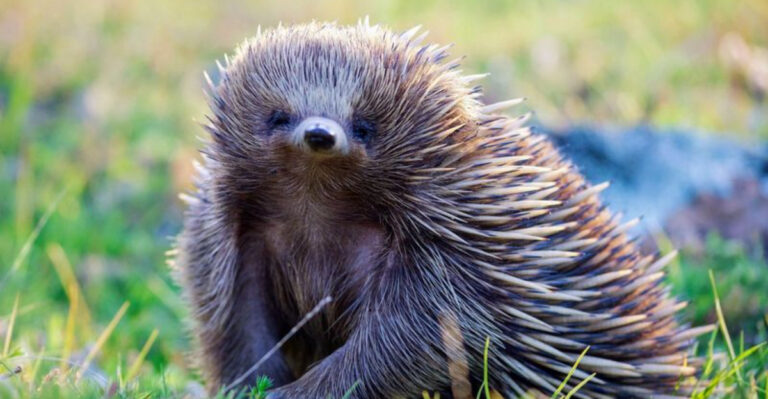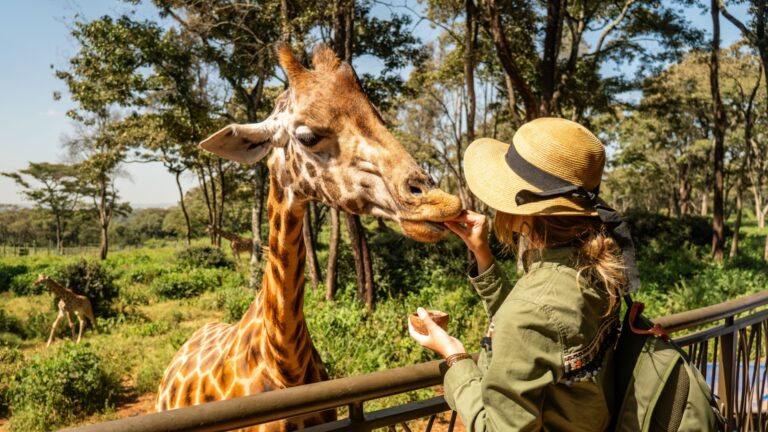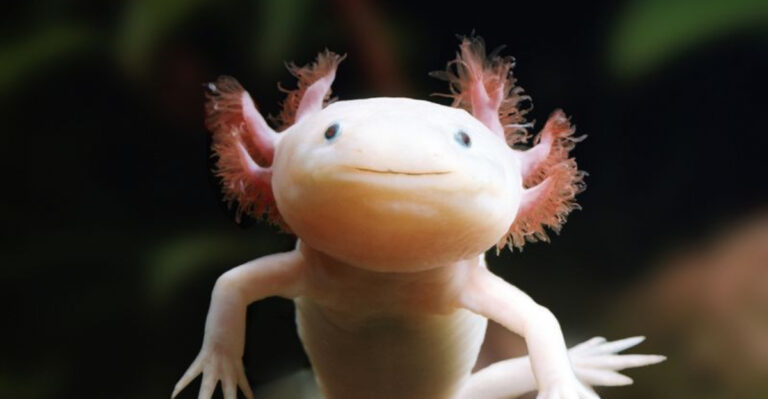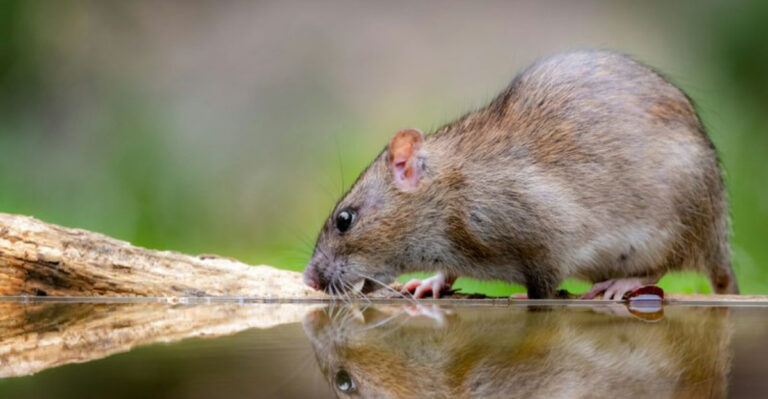14 Longest Animal Lifespans Ever Recorded
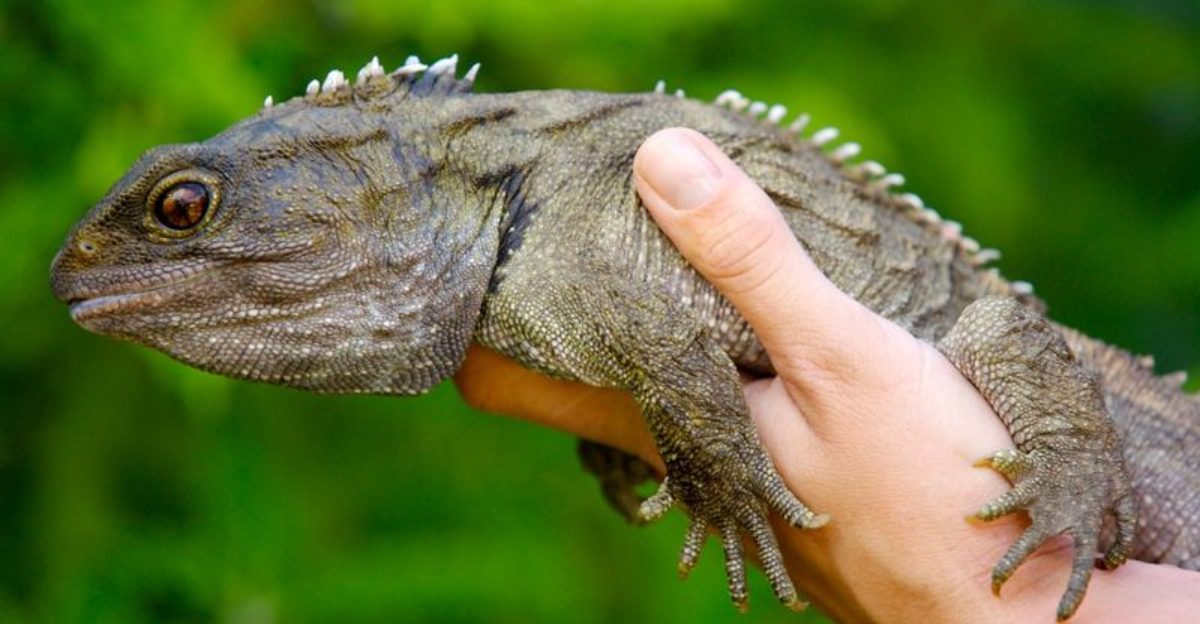
Have you ever wondered which animals live the longest lives on our planet? While humans typically live around 80 years, some creatures in the animal kingdom far outlast us.
From deep-sea dwellers to slow-moving land animals, these remarkable species have evolved incredible longevity. Their secrets might even help scientists understand aging better!
1. Immortal Jellyfish: The Benjamin Button Of The Sea
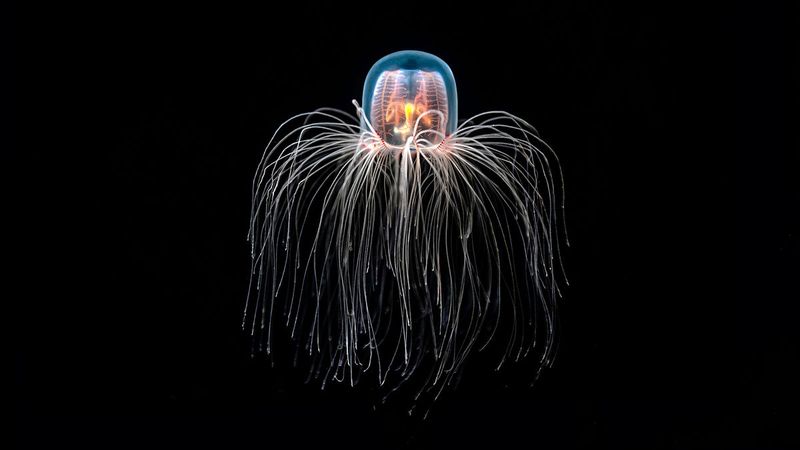
The immortal jellyfish can actually reverse its aging process when injured or stressed. Instead of dying, it transforms back into its juvenile polyp stage and starts life over again. Scientists believe it can repeat this cycle indefinitely.
First discovered in the Mediterranean Sea in 1883, these tiny creatures grow to only about 4.5 millimeters across, smaller than your fingernail!
2. Giant Tortoises: Shell-Dwelling Centenarians
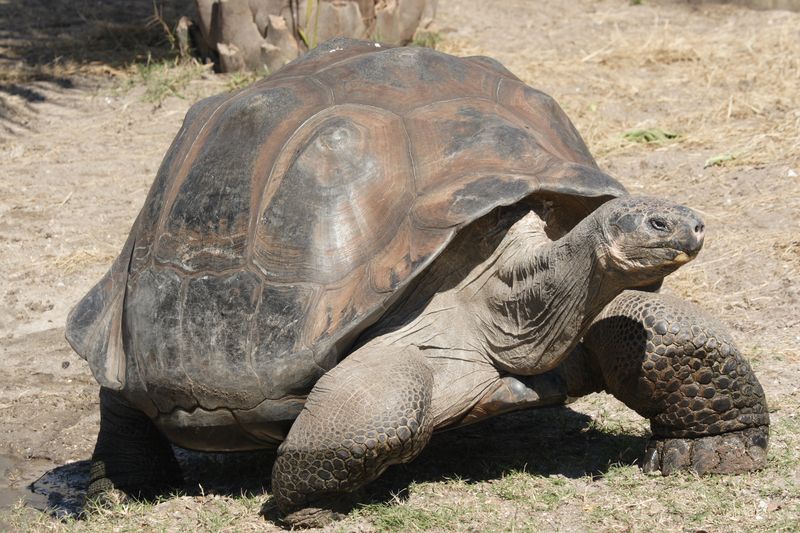
Giant tortoises from the Galapagos Islands and Seychelles regularly live over 100 years. The famous Adwaita, an Aldabra giant tortoise, reportedly lived to be 255 years old before passing away in 2006 at the Alipore Zoo in India.
Their secret might be their slow metabolism and peaceful lifestyle. These gentle giants spend their days munching on vegetation and basking in the sun.
3. Ocean Quahog Clams: Ancient Seafloor Residents
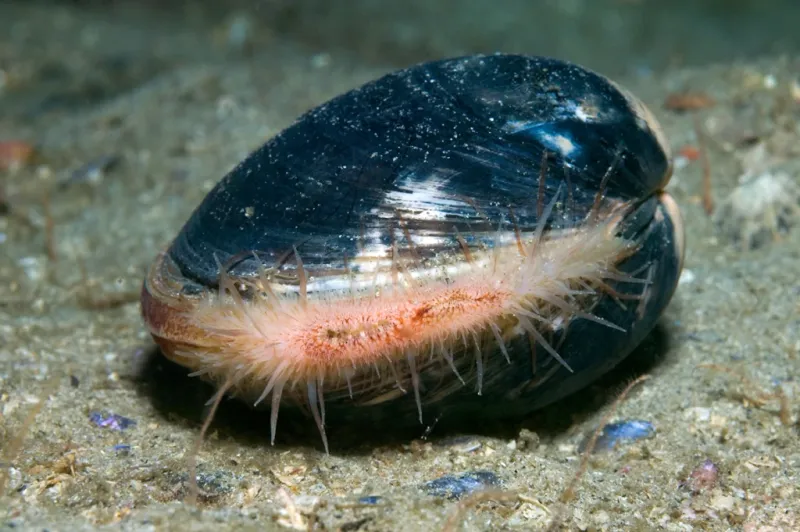
A species of edible clam called the ocean quahog holds astonishing longevity records. One specimen nicknamed “Ming” was determined to be 507 years old when scientists accidentally killed it while determining its age by counting growth rings.
These unassuming mollusks live buried in sandy seafloors of the North Atlantic. Their extremely slow metabolism and resistance to cellular damage contribute to their incredible lifespan.
4. Bowhead Whales: Arctic Ocean Elders
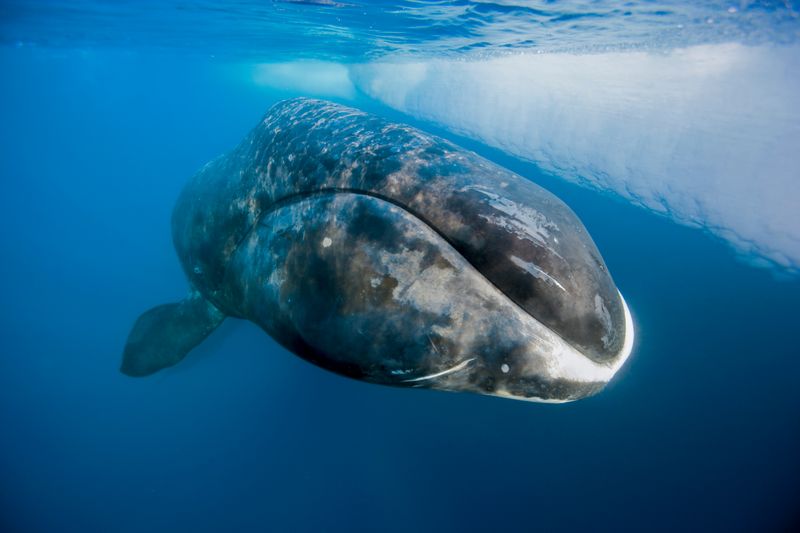
Bowhead whales glide through frigid Arctic waters with lifespans reaching over 200 years. Native Alaskan hunters once found 19th-century harpoon points embedded in whales they caught, proving these mammals can live for centuries.
Their longevity secret might be in their genes. Scientists discovered bowheads have unique DNA repair mechanisms that protect against cancer and aging. These massive creatures can weigh up to 100 tons!
5. Greenland Shark: Cold-Water Methuselah
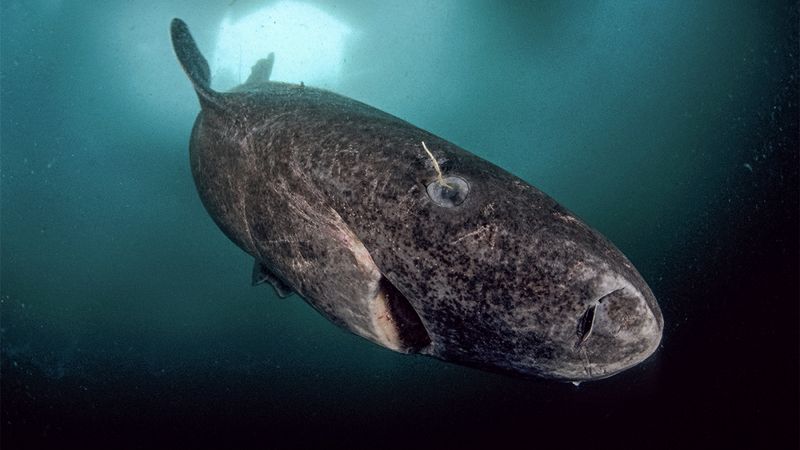
Swimming slowly through the North Atlantic’s darkest depths, Greenland sharks reach maturity at 150 years old. Recent radiocarbon dating of eye proteins revealed specimens as old as 400 years, making them the longest-living vertebrates known.
Their extremely slow growth rate of less than 1 cm per year contributes to their longevity. The cold, high-pressure environment slows their metabolism to a crawl, essentially putting aging in slow motion.
6. Koi Fish: Colorful Pond Survivors
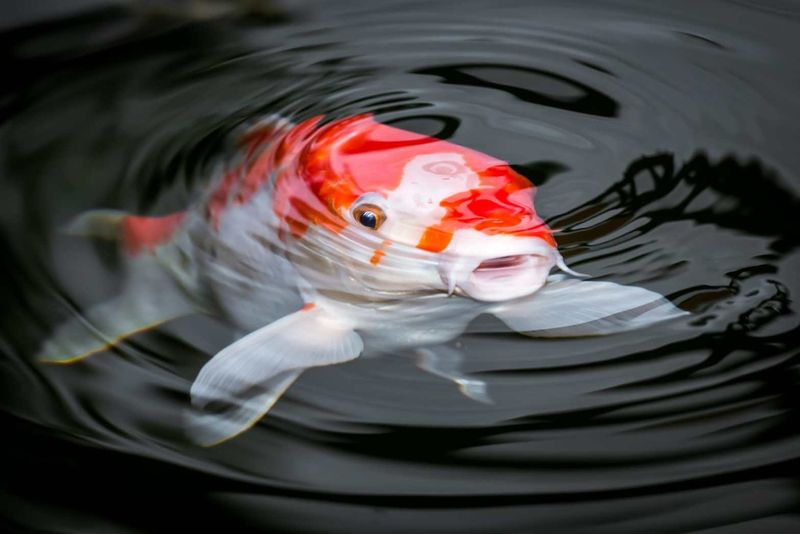
Those ornamental fish swimming in garden ponds can live surprisingly long lives. The most famous koi, named Hanako, lived to be 226 years old in Japan, passing away in 1977 after outliving several human generations.
Scientists determined her age by examining growth rings on her scales. Koi can recognize their owners and even be trained to eat from their hands, developing relationships that sometimes span human lifetimes.
7. Tuatara: Living Fossils Of New Zealand
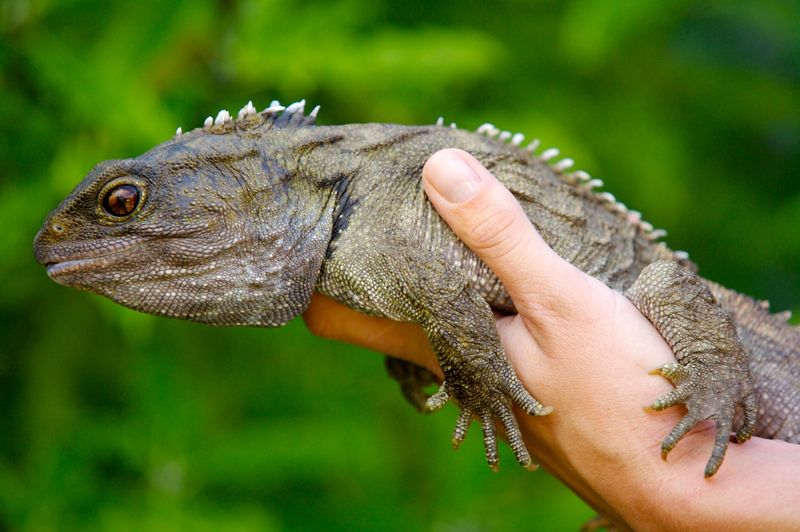
The tuatara looks like a lizard but belongs to an ancient reptile order that lived alongside dinosaurs. These rare creatures can live well over 100 years, with some possibly reaching 200 years old in the wild.
They have one of the slowest growth rates of any reptile, continuing to grow throughout their lengthy lives. A unique feature is their “third eye” on top of their head, which helps regulate their body temperature.
8. Red Sea Urchins: Spiny Ocean Survivors
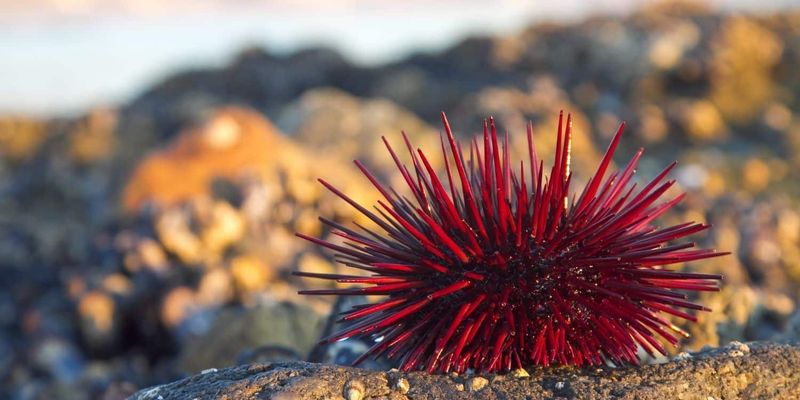
These prickly seafloor dwellers show almost no signs of aging or decline as they grow older. Some red sea urchins have been estimated to be over 200 years old, yet they remain reproductively active throughout their lives.
Scientists study them to understand biological immortality. Their ability to regenerate damaged body parts and resist cellular deterioration makes them valuable subjects for longevity research. They feast primarily on kelp in Pacific coastal waters.
9. Macaws: Colorful Centenarian Birds
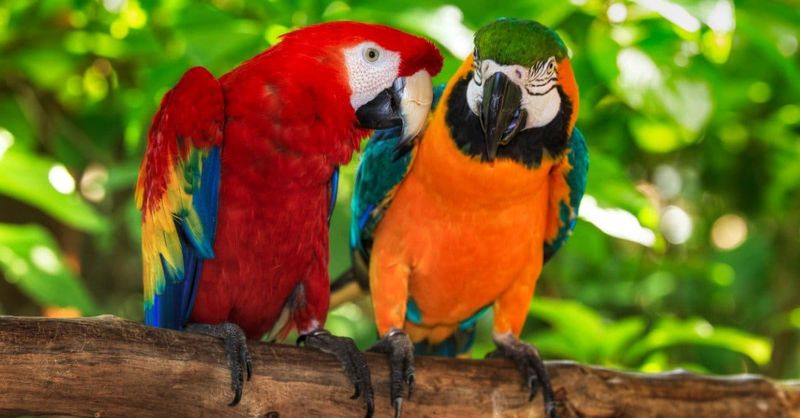
Among birds, large parrots like macaws stand out for their impressive lifespans. These intelligent, colorful birds regularly live 50-70 years in the wild, with some captive specimens reaching over 100 years old.
Their social nature and complex brains create challenges for owners. A macaw might outlive several human caretakers! Their longevity makes them excellent companions but also creates special considerations for their long-term care.
10. Lake Sturgeon: Prehistoric River Giants
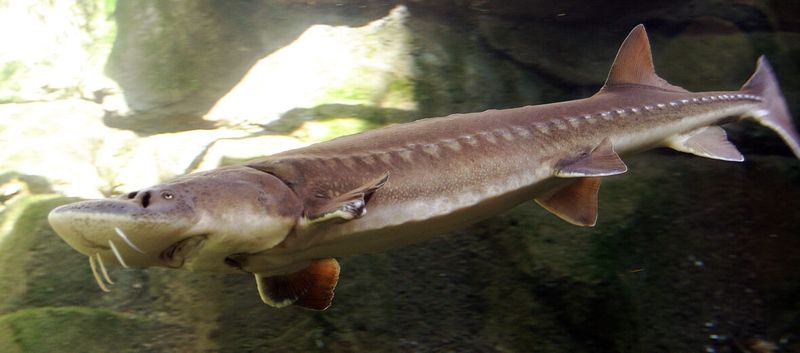
Lake sturgeon have been swimming in North America’s waterways since dinosaurs roamed the earth. These armored fish can live up to 150 years, with females not reaching sexual maturity until they’re 20-25 years old.
Their prehistoric appearance includes a vacuum-like mouth and armor-like scales called scutes. Once nearly wiped out by overfishing, these gentle giants are making a comeback thanks to conservation efforts in the Great Lakes region.
11. Elephants: Wise Land Giants
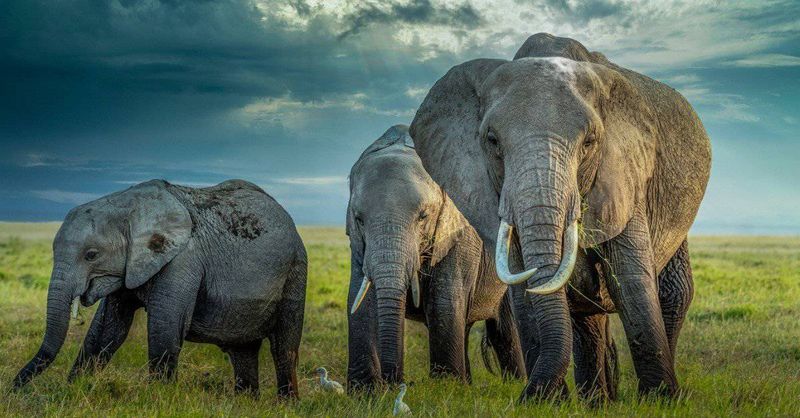
African elephants regularly live 60-70 years in the wild. The oldest known elephant, named Lin Wang, lived to be 86 years old in a Taiwan zoo, passing away in 2003.
Their exceptional memory and complex social structures grow richer with age. Matriarchs lead herds using decades of accumulated knowledge about migration routes and water sources. Elephants even appear to mourn their dead, showing emotional depth that deepens over their long lives.
12. Orange Roughy: Deep-Sea Methuselahs
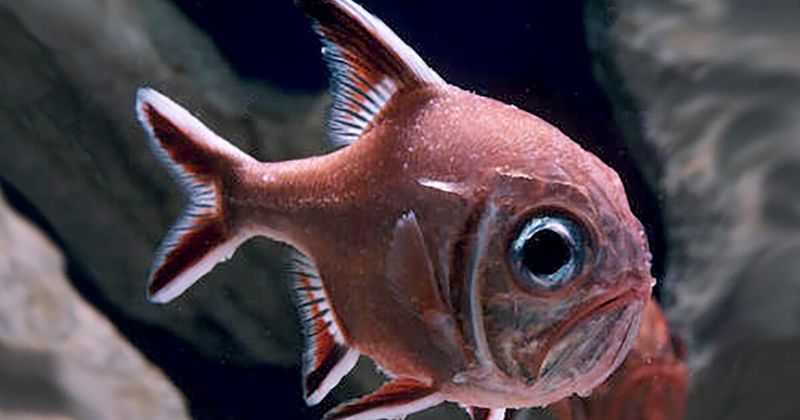
Orange roughy fish don’t even reach sexual maturity until they’re 20-30 years old. These deep-sea dwellers can live up to 250 years in the cold, dark ocean depths where they thrive.
Their remarkable longevity wasn’t discovered until the 1980s, after commercial fishing had already decimated their populations. With extremely slow reproduction rates, these fish take decades to recover from overfishing, making them particularly vulnerable despite their long potential lifespan.
13. Lobsters: Potentially Immortal Crustaceans
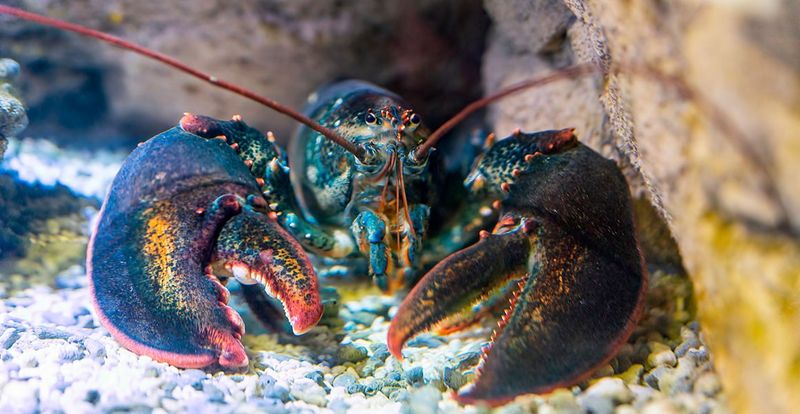
Lobsters keep growing throughout their lives and produce enzymes that repair their DNA. Scientists once thought they might be biologically immortal, dying only from external causes rather than old age.
While newer research suggests they do eventually die of natural causes, lobsters can still live over 100 years. They don’t slow down with age like most animals. In fact, older female lobsters are actually more fertile than younger ones!
14. Freshwater Pearl Mussels: River Ancients
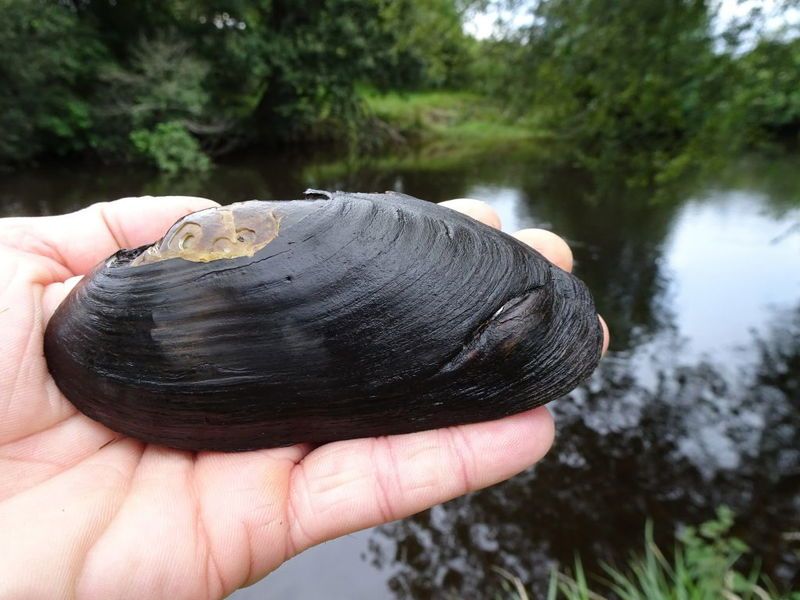
Nestled in clean, flowing rivers across the Northern Hemisphere, freshwater pearl mussels can live over 200 years. These filter-feeders clean water as they slowly grow, with some specimens dated to be 280 years old.
They begin life as parasites on fish gills before dropping off to develop independently. Their incredible longevity makes them excellent indicators of water quality. Unfortunately, they’re now endangered due to pollution and habitat destruction.

